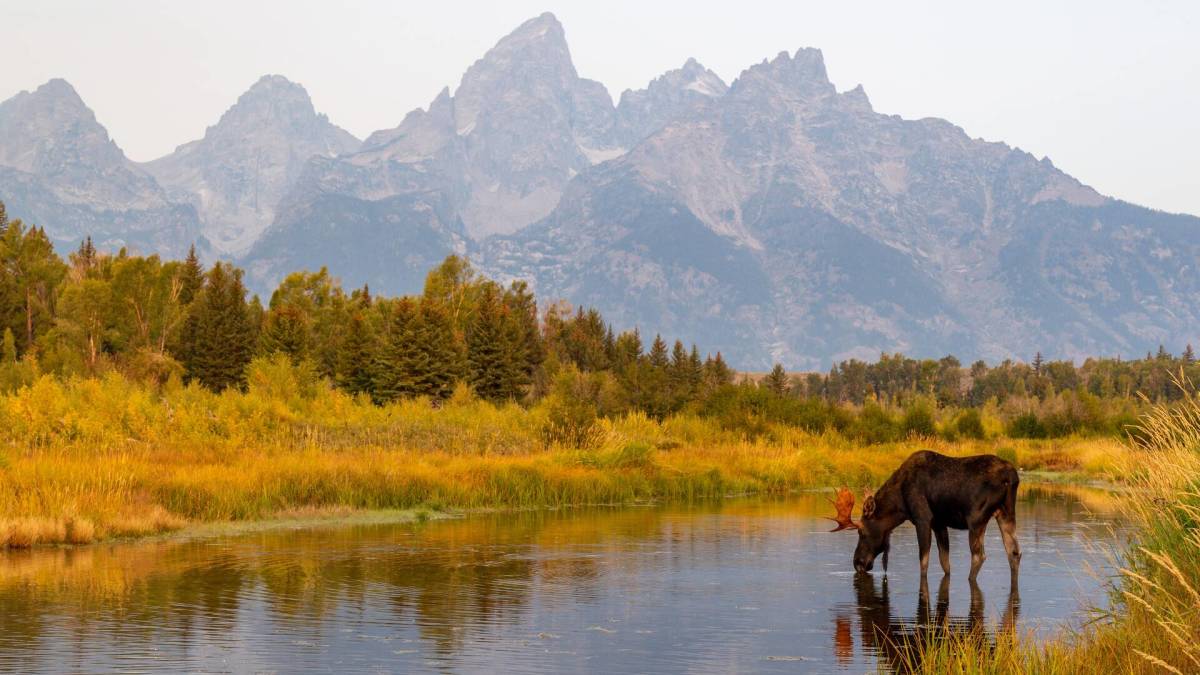
Amid heat waves in multiple parts of the country, national parks have also been dealing with heat-related dangers of different kinds.
In mid-June, two visitors to Death Valley National Park ran out of water six miles into a remote hike and, with temperatures in the hundreds, had to be rescued by helicopter after one fainted from dehydration.
Alaska’s Ketmai and Denali national have been on wildfire watch with the latter being closed down to visitors entirely. Another visitor passing through Death Valley on motorcycle during 120-degree weather was hospitalized with signs of “severe heat illness” on July 6 and ended up dying shortly after.
Related: A simple mistake nearly cost these two national park visitors their lives
During the week beginning on July 8, the National Park Service (NPS) raised the fire danger rating to “high” at Yellowstone National Park in Montana and Wyoming and Wyoming’s Grand Teton National Park while also removing preventative measures at New Mexico’s Carlsbad Caverns National Park amid weather improvement.
The National Fire Danger Rating System (NFDRS) used by the NPS has five levels ranging from Low or green when “fire starts are unlikely” and Extreme’s Red when “fires will start and spread rapidly.”
‘Visitors should not be deceived by how green the landscape looks’
High is the mid-range rating in which fires are especially likely in “heavy, continuous fuel, such as mature grassland, weed fields and forest litter.”
More Travel:
- A new travel term is taking over the internet (and reaching airlines and hotels)
- The 10 best airline stocks to buy now
- Airlines see a new kind of traveler at the front of the plane
“The forecast is for continued warmer and drier weather,” the NPS writes of the fire risk at Grand Teton. “Visitors should not be deceived by how green the landscape looks. Dead and down timber and fuels are carrying fire right now prompting fire managers to elevate the fire danger rating.”
Related: Get the best cruise tips, deals, and news on the ships from our expert cruiser
Camping at a national park? Be wildfire smart, warns NPS
To minimize the risk of inadvertently setting off a forest fire, visitors to national parks are advised to put out any campfires they start in designated areas and always keep a shovel and water on hand should a started fire need to be put out quickly.
Yellowstone does not currently have any additional restrictions on campfires beyond the regular areas where they are authorized but reminds parkgoers that any fires “must always be attended and cold to the touch before abandoning."
"Soak, stir, feel, repeat," the NPS wrote further. "The Greater Yellowstone area is a fire-adapted ecosystem. Fire plays an important role in maintaining the health of this area's wildlife habitat and vegetation."
Park authorities at Carlsbad Caverns, meanwhile, have removed the full ban on all fires and charcoal and propane use introduced on May 23 amid "extremely hot and dry summer conditions." With New Mexico's monsoon season typically taking place from June to September, a recent rush of rain alleviated some of the dry conditions caused by the excessive heat.
“When determining fire danger, fire managers use several indicators such as the moisture content of grasses, shrubs, trees, and dead and downed materials; projected weather conditions including temperatures and possible wind events; the ability of fire to spread after ignition; and availability of firefighting resources both locally and nationally," the NPS wrote of the wildfire risk at Katmai National Park and Preserve last month.
Related: Veteran fund manager picks favorite stocks for 2024







